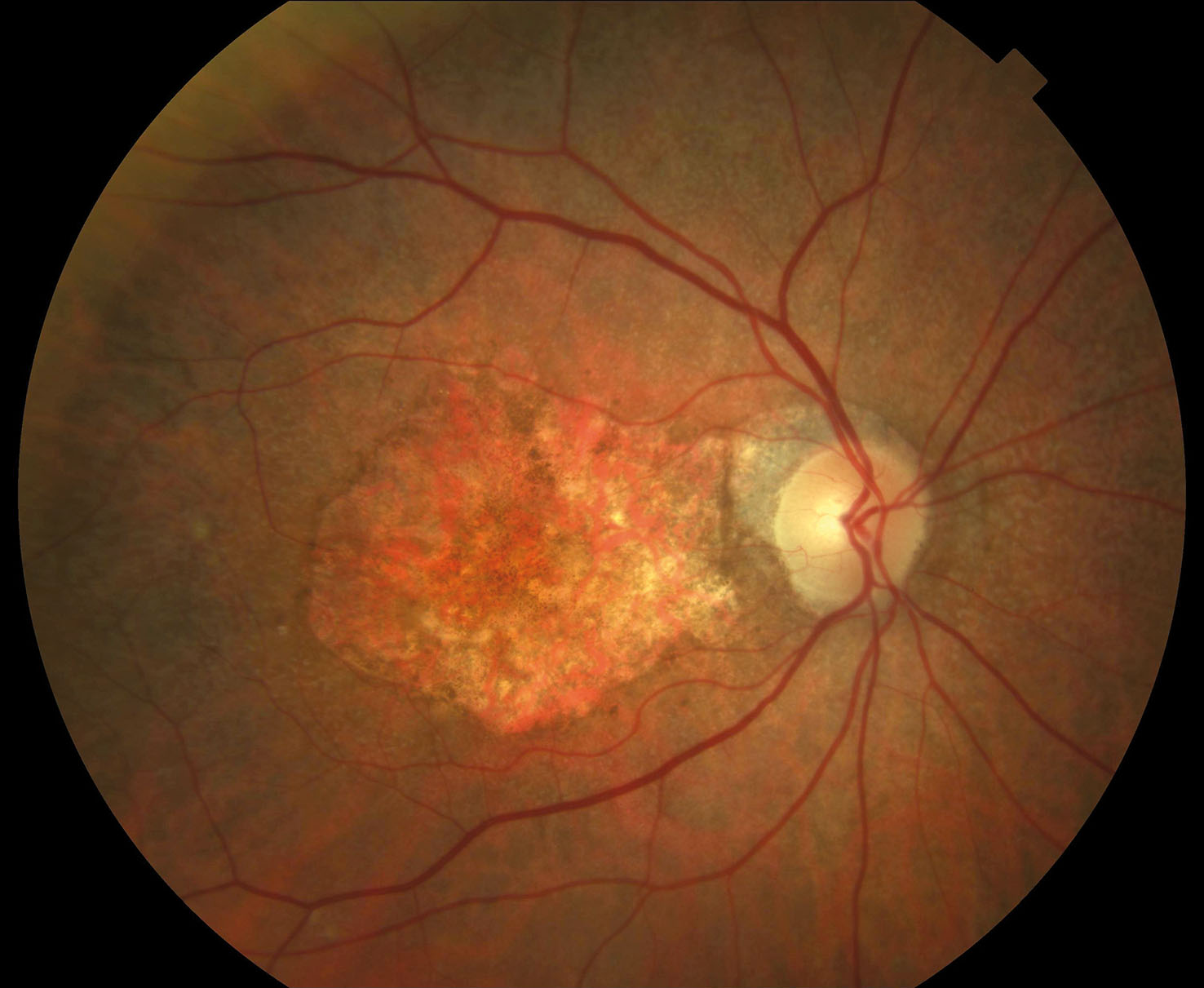Geographic atrophy Macular Degeneration is a progressive condition affecting the macula, often as part of late-stage age-related macular degeneration (AMD). This condition leads to central blind spots in the vision and permanent loss of visual acuity, posing significant challenges to daily life.
What is Geographic Atrophy?
GA involves the chronic degeneration of the macula, characterized by localized atrophy of the outer retinal tissue, retinal pigment epithelium (RPE), and choriocapillaris. It typically starts in the perifoveal region and expands over time, leading to central vision loss. GA is bilateral in most cases, affecting approximately 20% of individuals with AMD worldwide.

Risk Factors
Several factors increase the risk of developing GA, including age, family history of AMD, and smoking. Studies have also shown associations with ethnicity, gender, and certain medical conditions such as coronary heart disease and thyroid disorders. Genetic variants, particularly in genes related to the complement system, play a significant role in GA development.
Understanding Geographic Atrophy Macular Degeneration
GA is characterized by the degeneration of retinal cells, resulting in distinct lesions and eventual central vision loss. Its pathogenesis involves oxidative stress, chronic inflammation, and dysregulated complement activation, particularly within the complement cascade. Genetic predispositions, coupled with age and smoking, significantly contribute to its onset and progression.
Diagnosis
Diagnosing GA involves a clinical assessment by an ophthalmologist. Signs of GA include drusen, small atrophic lesions, and a sharply demarcated area of atrophic retina in the macular region. Visual symptoms may include gradual loss of contrast sensitivity and reading difficulties. Advanced imaging techniques, such as fundus photography and optical coherence tomography (OCT), aid in confirming the diagnosis and monitoring disease progression.
Understanding Geographic Atrophy (GA):
GA is characterized by the degeneration of retinal cells, resulting in distinct lesions and eventual central vision loss. Its pathogenesis involves oxidative stress, chronic inflammation, and dysregulated complement activation, particularly within the complement cascade. Genetic predispositions (CFH and ARMS2) , coupled with age and smoking, significantly contribute to its onset and progression.

Therapeutic Approaches:
Recent advancements in GA treatment encompass a diverse array of therapeutic modalities, each targeting different aspects of the disease process.
1.Pegcetacoplan:
As the first FDA-approved treatment for GA, pegcetacoplan, a complement C3 inhibitor, has demonstrated significant efficacy in reducing GA lesion growth. Clinical trials have shown promising results in slowing disease progression and preserving retinal function, marking a milestone in GA management.
2. Avacincaptad Pegol:
This modified aptamer inhibits complement factor C5, effectively blocking the formation of the membrane attack complex (MAC). Clinical trials have demonstrated its efficacy in reducing GA lesion growth and preserving visual function, offering another promising treatment option.
3. Gene Therapy:
Innovative gene therapy approaches aim to modulate the expression of key regulatory proteins involved in the complement cascade. Therapies such as HMR59 and GT005 show potential in enhancing retinal cell survival and preventing disease progression, highlighting the role of genetic interventions in GA management.
4. Cell Therapy:
Transplantation of retinal pigment epithelial (RPE) cells derived from human embryonic stem cells offers a promising avenue for restoring retinal function in GA patients. Clinical trials have shown favorable outcomes in terms of visual acuity improvement and disease stabilization, paving the way for further exploration of cell-based therapies.
5. Microcurrent Stimulation:
Emerging as a non-invasive therapeutic approach, transpalpebral microcurrent stimulation has shown promising results in improving visual function and slowing disease progression. Its potential as an adjunctive therapy alongside other interventions warrants further investigation.
The landscape of GA treatment has witnessed remarkable advancements, offering newfound hope for patients facing this debilitating condition. With a diverse range of therapeutic approaches, including complement inhibition, gene therapy, cell therapy, and microcurrent stimulation, there are promising avenues for effectively managing GA and preserving visual function. Continued research and collaborative efforts are essential in harnessing the full potential of these treatments, ultimately improving the quality of life for individuals affected by GA.







